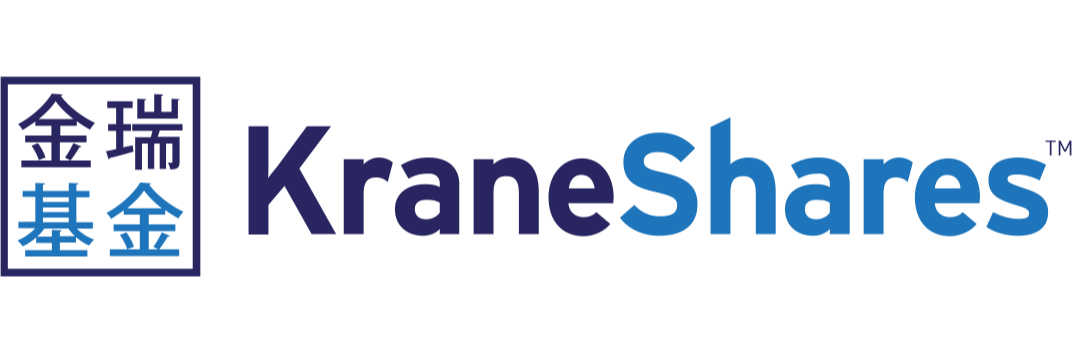China is well underway on the long road to rolling back COVID-19 restrictions and although there are likely more twists to come, a reopening under new leadership spells a shift away from two years of economic slowdown and asset underperformance.
The signal that years of lockdown was ending was given on 11 November, when President Xi Jinping and his new Politburo Standing Committee announced 20 guidelines to optimise pandemic measures, including prohibiting excessive lockdowns and relaxing quarantine and PCR testing requirements.
Dr Xiaolin Chen (pictured), head of international at KraneShares, told ETF Stream the new measures amount to a tangible “roadmap”, a sentiment boost for investors and consumers and “the biggest promotion of Chinese capital markets in three years”.
“The new leadership is trying to assess domestic and international investors’ key concerns on China and they are beginning to communicate policy changes more proactively,” Chen continued. “Markets have so far reacted well to these developments in recent months.”
Leading the charge in recent weeks have been Chinese tech equities, which Chen described as “the best reopening play”, given their already “distressed” valuations and exposure to key recipients of consumer demand including eCommerce and online travel bookings.
The first round of measures meant Shanghai residents no longer required negative test results to enter outdoor venues and commuters in Beijing and Shenzhen were allowed on public transport without testing.
In the following week ending 5 December, the $515m KraneShares CSI China Internet UCITS ETF (KWEB) was Europe’s best-performing ETF, returning 23.3%.
More recently, the Chinese National Health Commission announced 10 enhanced covid policies on 7 December before the Chinese government published new guidelines on 26 December that relaxed COVID policies altogether. Consequently, KWEB rallied 15.1% in the first fortnight of the new year, according to justETF data.
Few would have forecasted China’s internet sector (CSI Overseas China Internet USD Index) would outperform all the major indices to end an eventful year.
“2022 reconfirmed our view that China is a strategic asset allocation to investors’ portfolios. Investors may use tactical opportunities to manage their overall exposure but maintaining a long-term core position to China is the key, Chen added.
“Given China’s domestically focused policymaking and large scale of consumer power, it continues to offer diversification benefits to the overall portfolio and better risk-adjusted returns when investing for the long-term.”.
The easing of ‘zero COVID-19’ measures also prompted investment banks to revise their views on China after two years, with Morgan Stanley upgrading Chinese equities to overweight while Goldman Sachs awarded the MSCI China and CSI 300 indices double-digit returns targets for 2023.
However, Chen noted investors should avoid viewing the reopening as an immediate return to ‘business as usual’.
“The reopening will not be sudden and unilateral,” Chen said. “We think the process will be gradual and sequential, starting in larger cities with better infrastructure and medical supplies, then mid-sized cities and the rest of the country.
“It is a case of having a big goal and implementing it incrementally, much like economic liberalisation in Chinese cities in the 1980s.”
Fortunately, there are other tailwinds for China tech such as the Chinese Communist Party (CCP) slowing the pace of its crackdown on the sector after carrying out more than 50 regulatory actions against software companies – including antitrust cases and IPO cancellations – within 15 months, according to South China Morning Post Research. “Policy matters in China.” Chen explained, “What caused the market’s correction has later become the driver to stabilise the market.”
In fact, the CCP awarded 70 new online game licences to firms including Tencent and Netease in November, alongside its 20-point COVID plan, which saw KWEB’s price spike 24.4% in a week. Through the whole of November, the ETF returned a considerable 44.8%.
Looking ahead, there may yet be further reasons for optimism, with loosened lockdowns meaning higher output for sectors including manufacturing, higher household earnings and in turn more disposable income for consumers.
While many China tech companies traditionally opted to list their stock via American Depository Receipts (ADR), Chen said some have their secondary listing in Hong Kong.
“This means they will eventually be eligible for the mainland Stock Connect scheme, meaning Chinese households can freely buy the stock like US investors buy Apple or Microsoft,” she added.
Outside of tech, Chen said loosened restrictions will create opportunities in other areas such as China’s ambitious infrastructure projects.
“There is a RMB500bn local bond issued but not yet deployed. You will see green infrastructure pick up within China as well as international initiatives such as the Belt and Road Initiative, which covers roads, bridges, railroads, ports, power stations and more in various countries.”
While temporary question marks remain over China’s ability to manage record new COVID cases, stress on its medical system and vaccinations for its elderly population, 2023 could see the release of consumer demand envisioned in the west in 2020 before many countries had to implement second and third firebreak lockdowns. Also, whereas western central banks had played all their policy cards by the time lockdowns came to an end, China remains on the cusp of positive real rates territory.
This means in addition to lockdowns ending, Chinese policy banks can support demand in the economy with cheap debt, as seen recently with China’s State Council calling on the People’s Bank of China (PBOC) to consider interest rate cuts, while several Chinese banks offered to provide RMB200bn in credit facilities to private property developers.
Related articles



